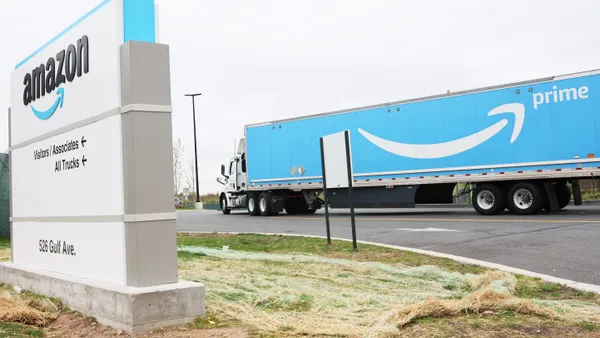Dive Brief:
- Shipment volume in U.S. trucking in December 2018 went south compared to December 2017 — marking the first negative year-over-year change in two years.
- Analysts from the Cass Freight Index insist the dip is not cause for alarm and simply suggests the U.S. economy "may have reached its short-term expansion limit."
- Expenditures in December, measured as total spending on freight for the month, grew 1.9% from November and 10% over December 2017.
Dive Insight:
If freight shipments are an accurate proxy for GDP growth, as Cass believes they are, then GDP is growing a bit slower than the prevailing opinion dictates, according to the December report.
"Current consensus estimates of the GDP for the 4th quarter are predicting 2.8%, but using the Cass Shipments Index as a predictive proxy, this would leave us believing the number reported in January may fall short of those estimates," said the report.
Cass lays out two major threats to what it still sees as a growing economy: tariffs and crude prices. Tariffs threaten freight volumes in key industries like agriculture and add additional uncertainty to an already uncertain climate.
Further decline in crude oil prices in December are also cause for concern as disincentivizing drilling could affect the volumes coming from that key industry and push up pricing in the future.
But Cass still holds that freight markets move ahead of the economy overall, and not the other way around, so the positive growth in expenditures is keeping forecasts buoyed. What does this mean for rates?
Cass continues to hold the position that technological advancements and capacity building will eventually relieve trucking companies of their "maxed-out" status — spot pricing at least, has been falling for six months— while admitting the current extremely low unemployment rate isn't helping matters.














